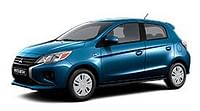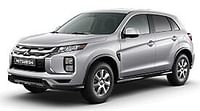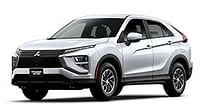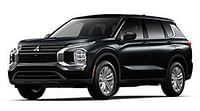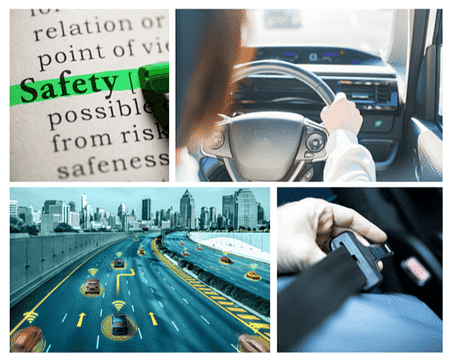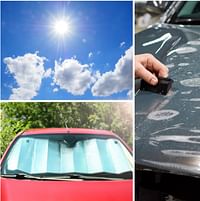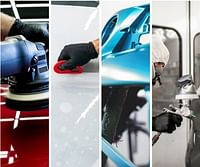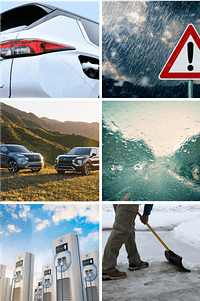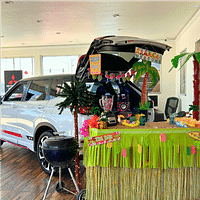afety is a top priority for car manufacturers, and they are continuously working to improve the safety features in their vehicles. With advancements in technology, the safety features in cars have become more sophisticated and effective than ever before. In this blog post, we will discuss the top 8 must-have safety features in modern cars that you should consider when buying a new vehicle.
1. Automatic Emergency Braking (AEB)
Automatic Emergency Braking (AEB) is a safety feature that uses sensors and cameras to detect an imminent collision and applies the brakes automatically to prevent or mitigate the impact. AEB is considered one of the most important safety features in cars today and is becoming increasingly standard in many new models.
2. Adaptive Cruise Control (ACC)
Adaptive Cruise Control (ACC) is a feature that allows drivers to maintain a set speed while also adjusting the distance between their car and the car in front of them. ACC uses sensors to detect the speed and position of the car in front and adjusts the speed of the vehicle accordingly, thereby reducing the risk of a collision.
3. Lane Departure Warning (LDW)
Lane Departure Warning (LDW) is a feature that alerts drivers when they are drifting out of their lane. LDW uses cameras and sensors to detect the position of the car on the road and alerts the driver with a warning signal if the car begins to drift outside of the lane markings.

4. Blind Spot Monitoring (BSM)
Blind Spot Monitoring (BSM) is a feature that alerts drivers when there is a vehicle in their blind spot. BSM uses sensors to detect the presence of another vehicle in the blind spot and alerts the driver with an audio or visual signal, thereby reducing the risk of a collision when changing lanes.
5. Rearview Camera
A Rearview Camera is a feature that provides drivers with a view of what is behind them when backing up. Rearview cameras use cameras mounted on the back of the car to transmit a live image of the area behind the car to the dashboard display, helping drivers to avoid collisions while reversing.
6. Automatic High Beams
Automatic High Beams are a feature that automatically switches between high beams and low beams depending on the surrounding lighting conditions. This feature is particularly useful when driving at night as it helps to improve visibility and reduces the risk of blinding other drivers with the high beams.
7. Tire Pressure Monitoring System (TPMS)
Tire Pressure Monitoring System (TPMS) is a feature that alerts drivers when their tire pressure is low. TPMS uses sensors to detect the pressure in each tire and alerts the driver with a warning signal if the pressure falls below the recommended level. This helps to improve fuel efficiency and reduce the risk of a tire blowout.
8. Electronic Stability Control (ESC)
Electronic Stability Control (ESC) is a feature that helps to prevent skidding and loss of control while driving. ESC uses sensors to detect when the car is losing traction and applies the brakes to individual wheels to help the driver maintain control of the vehicle.
In conclusion, car manufacturers are constantly developing new and innovative safety features to improve the safety of their vehicles. The features listed above are the top 8 must-have safety features in modern cars that you should consider when buying a new vehicle. Investing in a car with these safety features can help to improve driver and passenger safety and reduce the risk of accidents on the road.
You want to have the safest drive possible, which is why the 2023 Outlander PHEV is equipped with multiple standard Advanced Driver Assistance Systems (ADAS). These integrated systems help to safeguard you and your passengers, so that you can all enjoy the journey even more. Come test drive a 2023 Outlander PHEV today!

